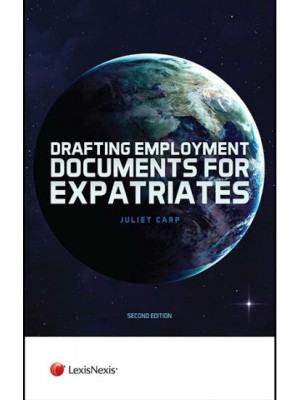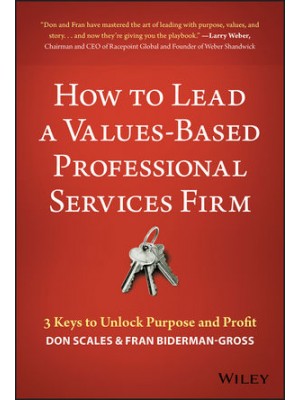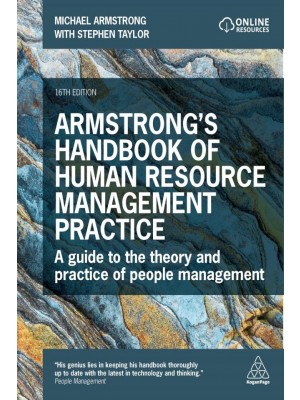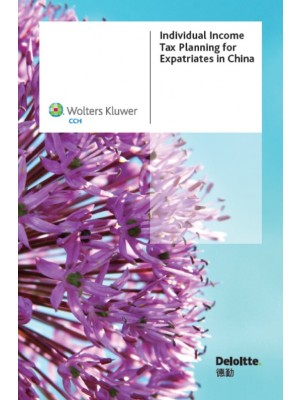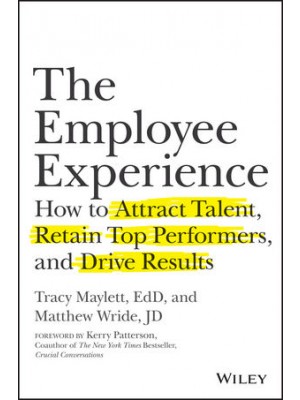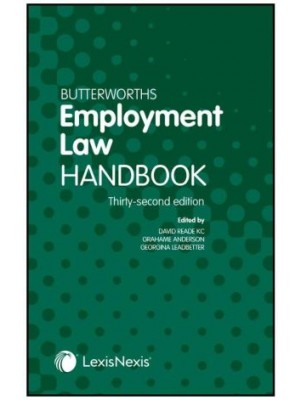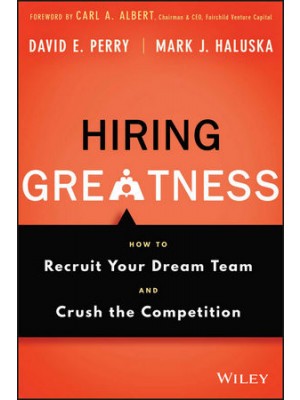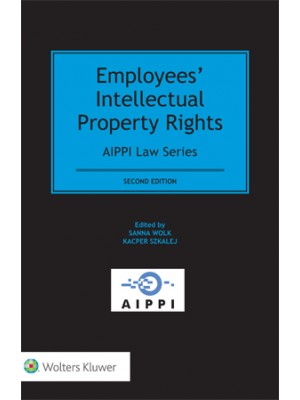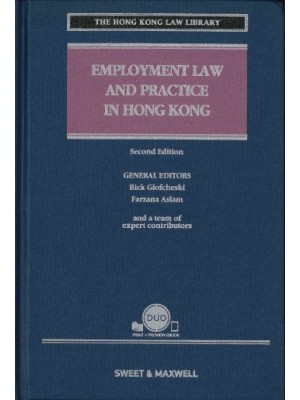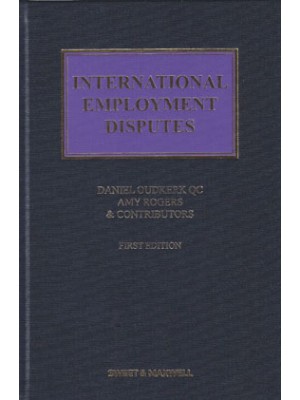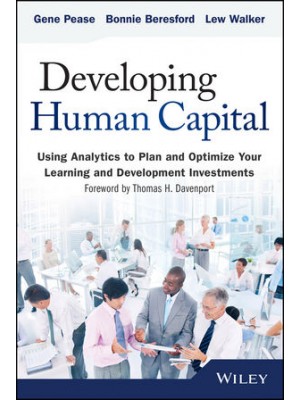Introduction
Part One: The Process
Chapter One: An Introduction to Strategic Sourcing X
Visibility X
Objectivity X
Project Management Tool X
In Summary X
Chapter Two: Data Collection and Spend Analysis X
What Is Data Collection? X
Where to Start? X
Dealing with Decentralized Data Sets X
Spend Analysis X
Spend Analysis Tools X
Kicking Off the Projects X
End-User Interviews X
Line-Item Detail and Getting the Most from Your Supply Base X
Supplier Interviews X
Analyzing Contracts and Pricing Agreements X
The Final Analysis: Building a Baseline X
In Summary X
Chapter Three: Conducting Research X
Types of Cost-Savings Opportunities X
Understanding the Category X
Identifying Suppliers X
Understanding the Supply Chain X
Understanding Current Market Conditions X
Understanding the Factors of Cost X
Review of Technologies, Processes, Products, and Services X
Collecting Market Intelligence Through the RFI Process X
In Summary X
Chapter Four: The RFX Process X
Using the RFI to Begin the Sourcing Phase X
Developing Your Sourcing Strategy X
Going to Market X
Generating the RFP and RFQ X
Supplier Selection and Scorecard Criteria X
Administering the RFX Process X
Reverse Auctions X
Alternatives to the RFX—The Importance of Flexibility and Creativity in the Sourcing Process XX
In Summary
Chapter Five: Scorecarding Suppliers X
Measuring Value: Developing Selection Criteria X
The Quantitative Analysis: Evaluating the Bid Portion of Supplier Proposals X
The Qualitative Approach: Developing the RFP Matrix X
References X
Teamwork and Objectivity X
Technology’s Role X
In Summary X
Chapter Six: Negotiations X
Knowing What to Negotiate X
Negotiation Optimization: Developing Final Targets X
Getting to “No” XX
What Not to Do XX
In Summary XX
Chapter Seven: Get It in Writing X
The Contracting Phase X
Essential Components of a Contract X
Attachments XX
Contract Management XX
Making the Best Use of Your Legal Team XX
Contracting Pitfalls and Language to Avoid XX
Working Outside of a Contract: Pricing Agreements and Handshakes XX
In Summary XX
Chapter Eight: Implementation and Continuous Improvement X
The Challenges of Implementation X
Overcoming Challenges X
Monitoring Improvements After Implementation X
Savings and Compliance Best Practices XX
Continuous Improvement Initiatives XX
In Summary XX
Chapter Nine: What Not to Do During a Strategic Sourcing Initiative X
Creating Overly Complex or Long RFPs X
Letting the Supplier Write the RFP for You X
RFP Spam X
In Summary XX
Part Two: The Tools
Chapter Ten: The Importance of Market Intelligence X
The Types of Market Intelligence X
Components of Success X
Breaking Down the Components XX
In Summary XX
Chapter Eleven: Introduction to Procurement Technology X
A Brief History of Procurement Technology X
The Solution Landscape X
Upstream and Downstream Procurement X
Spend Analysis X
Sourcing X
Reverse Auctions XX
Contract Lifecycle Management (CLM) XX
Supplier Information Management (SIM) XX
Supplier Performance Management (SPM) XX
Supplier Risk Management (SRM) XX
Procurement (PXP) XX
Invoicing and Payment XX
SXP Individual Products Versus Full-Suite Solutions XX
In Summary XX
Chapter Twelve: Increasing Stakeholder and Supplier Engagement X
What Is a Stakeholder? X
Who Are the Stakeholders? X
The Value Brought by Stakeholders X
In Summary XX
Chapter Thirteen: Leveraging Group Purchasing Organizations X
Types of GPOs X
Services Provided by GPOs X
Benefits of GPOs X
GPO Disadvantages X
Best Practices for Managing GPO Relationships XX
Summary XX
Part Three: Examples from the Field
Chapter Fourteen: Supplier Collaboration X
Opening Up Your Requirements X
Giving Suppliers What They Need X
Helping Suppliers With Their Supply Chain X
Collaborating With Suppliers in Similar Industries X
In Summary X
Chapter Fifteen: Leveraging Supplier Feedback X
Avoiding the RFP Process X
Making Yourself the Ideal Customer X
Examples of Leveraging Supplier Feedback Successfully X
In Summary X
Chapter Sixteen: Opportunity Assessment and Sourcing Roadmap X
Introduction X
Starting with Spend Analysis X
Procurement Taxonomy X
Opportunity Assessment X
Roadmap XX
In Summary XX
Part Four: How to Do It—Sourcing
Chapter Seventeen: Determining Project Complexity X
Complexity Drivers X
In Summary XX
Chapter Eighteen: Planning and Optimizing Low-complexity Projects X
Getting Familiar with Low Complexity X
Where to Find Low Complexity Projects X
Dealing with Unexpected Complexity X
Adding Complexity with Purpose X
Factoring Low-complexity Projects into Your Roadmap X
In Summary X
Chapter Nineteen: Navigating High-Complexity Projects X
Process Drivers X
Project Drivers XX
In Summary XX
Part Five: How to Do It—Building and Managing an Indirect Procurement Team
Chapter Twenty: Building an Indirect Procurement Team X
Defining the Role of Procurement X
Designing the Framework X
Building the Team XX
In Summary XX
Chapter Twenty-One: Team Training and Development X
Where to Begin X
Balancing the Content X
How to Make It Stick X
In Summary X
Chapter Twenty-Two: Process, Policy, and Digitalization X
Enacting the Change X
The Role of Governance X
Enabling the Team through Technology X
In Summary XX













